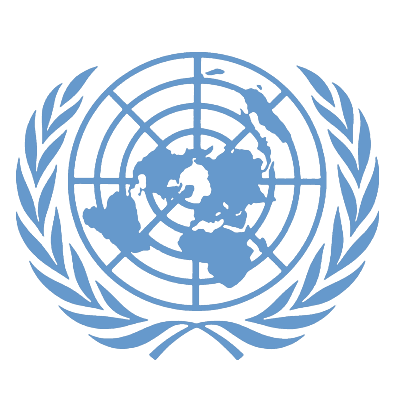
According
to the UN Protocol to Prevent, Suppress and Punish Trafficking
in persons, trafficking means the recruitment, transportation,
transfer, harbouring or receipt of persons, by means
of the threat or use of force or other forms of coercion,
of abduction, of fraud, of deception, of the abuse of
power or of a position of vulnerability or of the giving
or receiving of payments or benefits to achieve the
consent of a person having control over another person,
for the purpose of exploitation. Exploitation shall
include, at a minimum, the exploitation of the prostitution
of others or other forms of sexual exploitation, forced
labour or services, slavery or practices similar to
slavery, servitude or the removal of organs.
Trafficking in persons, especially boys, girls and
women, has become rampant over the past two decades
all over the world. The manner and methods are surreptitious
and clandestine. For this reason, no definite data
is obtainable. Trafficking and sexual exploitation
is said to be the third biggest industry after arms
dealing and drug peddling, which generates $7 billion
each year. India is both a receiving and a transit
point for Bangladeshi and Nepali girls. The nature
and extent of trafficking in South Asia is alarming.
Often, family members and relatives are also involved
in this, apart from the traffickers.
The traffickers lure victims through attractive promises
such as high paying jobs, prosperity, glamorous employment
options, marriage, etc. The border checkpoints are
dispersed and are few in number. The smuggling of
migrants and trafficked persons are widespread and
unbridled. Driven by a strong profit motive and fear
of being intercepted, the routes and means are frequently
changed.
There have been evident links between trafficking
and migration. Internally displaced persons are also
vulnerable to trafficking. Feminisation of poverty
in South Asia is accompanied by the feminisation of
survival strategies. In spite of women's involvement
in the economy increasing, their contribution to the
GDP is falling - leading to economic marginalization.
Usually, gender-based wage differences and harassment
of employers have not been addressed till date.

